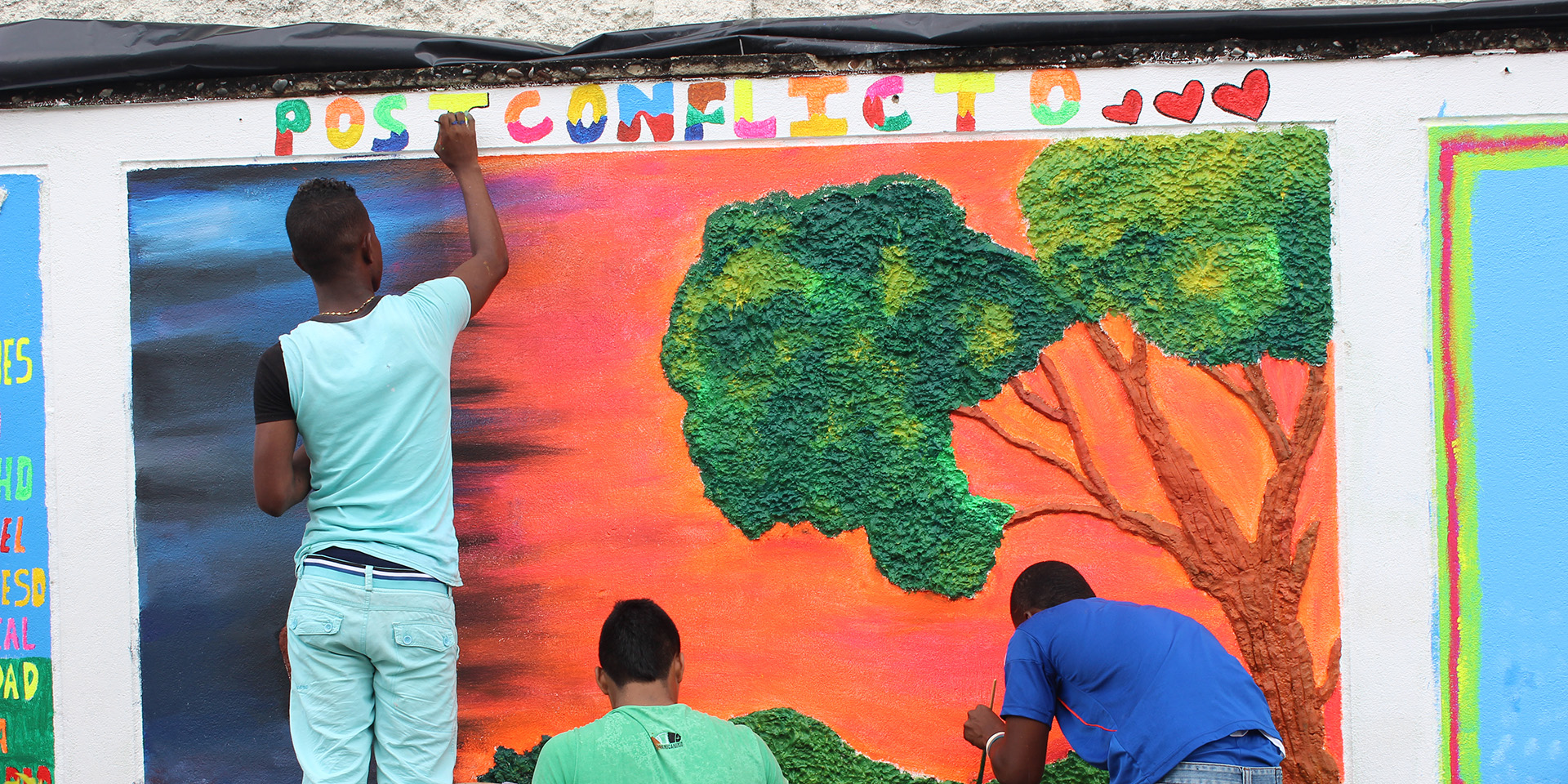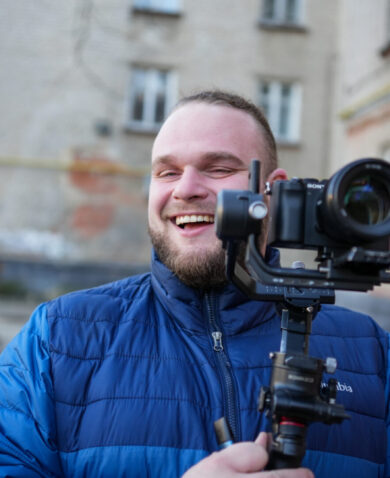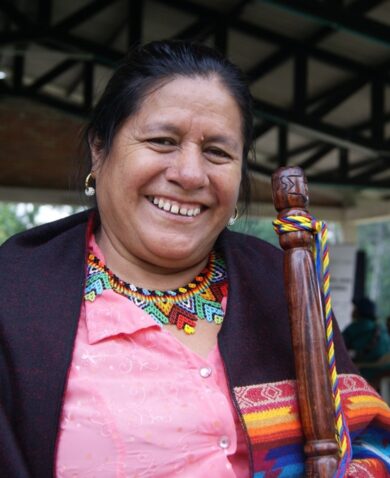
Can Teaching Human Rights in Conflict Zones Build Peace?
December 10, 2015 | 3 Minute ReadLed by Jairo Emiro Rodgriguez, a student at Colombia's first human rights school, 3,500 rural community members march peacefully against the left-wing guerrilla group FARC.
When the governor’s office of Antioquia first approached USAID’s Colombia Human Rights Program (HRP III) with the idea of creating the first ever official human rights school, I couldn’t help but think, “Oh no, not another school.” Unfortunately, it is often the case that students, particularly in the area of human rights, are exposed to a plethora of theory with little knowledge gained that translates into action or meaningful change in the real world.
Fortunately, Jairo Emiro Rodgriguez proved me wrong. Jairo is a campesino (or farmer) from a remote community in the municipality of El Bagre in the Antioquia department. El Bagre has been dominated by the Revolutionary Armed Forces of Colombia (FARC), a left-wing guerilla group, for the last five decades. For almost as long as he can remember, Jairo has been subject to the conflict and ensuing gross human rights violations; however, he had very little understanding of the concept of human rights. Jairo, like most of El Bagre’s residents, has a relatively low level of formal education. The FARC has maintained control over his municipality for so long that living under their rule has become the norm. As such, Jairo hesitated to become one of the 270 students of the HRP III-supported school.
Antioquia’s Human Rights and Civil Responsibility School, inaugurated in March 2015, marked the culmination of a two-year collaborative design effort by HRP III, working with the Antioquia’s governor’s office, and grantee Universidad Católica del Norte. To create the first official human rights school in Colombia, USAID pioneered a model which brought together local government officials and community leaders such as Jairo, across 19 municipalities characterized by conflict and pervasive human rights violations. The school’s methodology consists of pedagogies and training modules that fostered and enriched discussions, analysis, and studies on human rights issues, and provided comparative lessons on development of international and national human rights legislation and public policies.
What truly makes the school a success is that it takes the students outside the classroom and turns the theory into practice, by requiring students to carry out human rights-related initiatives they propose themselves, such as the documentation of conflict stories from their municipalities and the design and dissemination of human rights media pieces to promote a culture of human rights. The intended impact of the school was, first and foremost, educating communities and officials about human rights, not explicitly to build peace in a conflict zone; however, the unanticipated impact is clear. The school fostered trust between the government and communities through open discussions on human rights and the conflict. Students like Jairo became empowered to defend their rights and demand peace.
In August 2015, Jairo shared his story with HRP III and USAID representatives. He told us that inside the classroom he learned, for the first time, that he has rights and that his and his community’s rights were being systematically violated by FARC. He even cited international humanitarian law to us. For his human rights-related initiative, Jairo spearheaded an unprecedented act in his hometown; he motivated 3,500 rural community members to march against the FARC and presented a 10-point manifesto that insisted the FARC respect their rights.
What Jairo’s story reinforces for me is that classrooms are an imperative space for developing the tools, skills, and values, such as mutual respect and conflict resolution, that are necessary to rebuild a Colombia defined by less violence and conflict. The ongoing peace process has underscored the urgency of advancing human rights and fostering leaders who promote peace in communities such as Jairo’s. The stories of Jairo and many of the other students here prove that human rights education can in fact begin laying the foundations for peace in conflict zones.
Today, in commemoration of Human Rights Day, consider supporting education initiatives as vehicles for peace-building in the communities where your projects work.









































